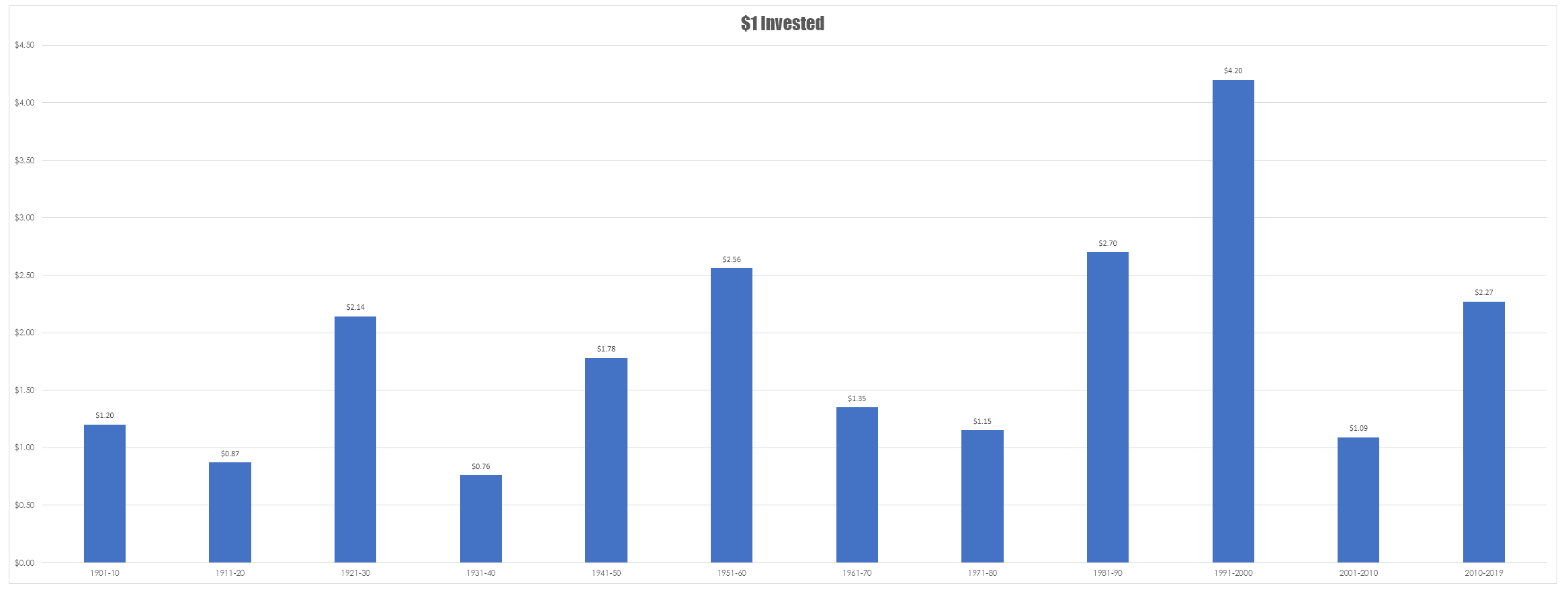When you begin to engage markets on any level you naturally bring with you a set of behaviours and expectations that have been developed over the life of your working career. First and foremost of these is the notion of getting paid, after all nobody does anything for free. The expectation of a salary being given to you by the market is an interesting one and it is something that come up in a recent email which literally said how do I make at least $1,000 per week in the market. Unfortunately this arena and my junk mail folder have been flooded over the years with people touting the ability to make various amounts per day trading bitcoin or some such thing. A few years ago it was people pushing options writing as free money that you just had to pick up. Irrespective of the vehicle or scheme they are all predicated on the notion that you can somehow magically command the market to generate a set amount of money for you n schedule. Naturally this is very attractive for people as it seems to be proof that they can swap a job where they exchange time for money to a job where they do nothing once a week and still get money.
The notion of being able to generate a regular income from the market is predicated on the belief that the market is always generating conditions that are conducive to whatever trading approach you take. Implicit within this is the notion that you know instantly what the condition of the market is an can adapt instantly. Your returns from the market are to a large degree dictated by the condition of the market at the time you begin your trading career – you cannot get blood from a stone. To take a closer look at this I decided to have a look at the weekly returns from the Dow data back to the turn of the 20th century. I selected the Dow simply because it is the deepest data set I have reliable weekly data for.
I first wanted to look at the basic terminal return on $1 invested each decade – this resulted in the chart below.
This is a very blunt metric that clearly demonstrates that there are good decades and poor decades. If you are a student of market history you would not be surprised that the 1930’s was a very poor decade, whereas the years leading into the Dot com boom were exceptional. The year after not so much. What is interesting is how modest most decades are in terms of overall return from the broad market. This tallies with more in depth work that has shown that the majority of returns comes from a handful of stocks. Miss those trends and your returns suffer tremendously. Intriguingly this point has also been my observation of all time frames. Miss the one or two good moves in a given time frame on a given instrument and you might as well go home for the year.
However simply looking at the end value of a $1 does not give us a sense of the journey. For example if the journey from a starting point of $1 to $5 was a smooth linear climb we could all accept that but if the journey repeatedly took us back to below $1 with all the gain coming in the final year not many could stomach that. The chart below is effectively the equity curve for each decade.
The 1920’s were excellent right up until the time they weren’t whereas the 1990’s courtesy of a quirk of timing held onto most of their gains. If the Dot com bubble had burst a few months earlier then the result would be very different. What is obvious is when you begin your investing career counts a lot. To highlight the nature of the journey I have called out the value of the $1 invested at the end of the decade as well as the minimum and maximum values for each decade in the table below.
The market is not an ATM that can be commanded to give you a regular amount of money at regular intervals. Granted tools such as diversification of markets and systems can aid greatly in dealing with the markets various moods. However, none of them can overcome the problem presented by a market that goes nowhere. You could have been the greatest stock picker in the world and the 1930’s would still have been a struggle yet any idiot should have made money in the 1990’s simply by buying anything vaguely technology related.








